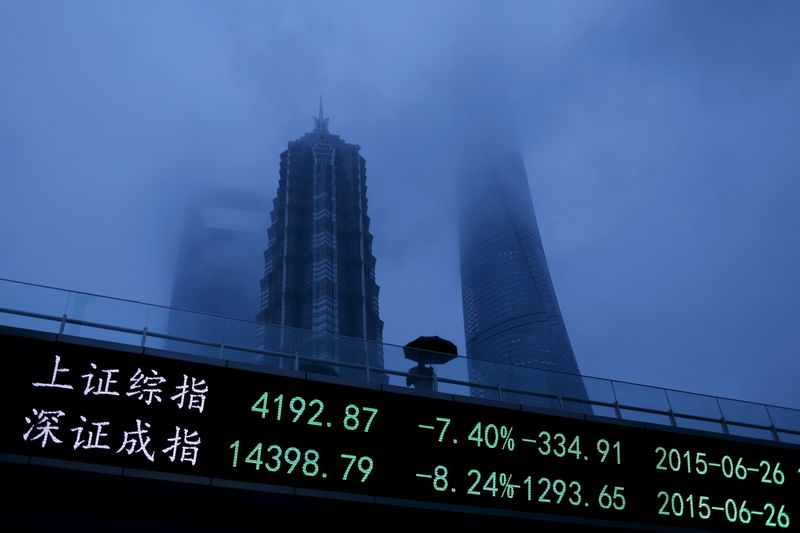As global macroeconomic forces converge with the evolving geopolitical landscape, Chinese markets are poised for turbulence and opportunity in 2025-26.
UBS has outlined five possible global scenarios that could directly impact China's economic prospects and market performance.
Each scenario presents a distinct blend of risks and opportunities for Chinese equities, driven by varying degrees of external pressure, domestic policy responses, and global sentiment shifts.
1. U.S. election blue sweep: Optimism for Chinese markets
A Democratic Party victory across both the presidency and Congress, known as a Blue Sweep, is expected to usher in the most favorable scenario for Chinese equities.
Analysts at UBS project that a Blue Sweep will reduce U.S.-China trade tensions by promoting a stable policy environment with fewer disruptions.
The absence of new tariffs and improved diplomatic relations would encourage market optimism.
This scenario aligns with the prospect of China outperforming global markets, as businesses benefit from policy clarity and decreased trade barriers.
MSCI China could see robust gains, driven by improved investor confidence and incremental recovery in earnings.
2. Red sweep: Risks of renewed trade frictions
In contrast, a Republican victory—a Red Sweep—could reignite trade tensions.
UBS analysts warn that such a shift may result in tariff reinstatements or new protectionist policies targeting Chinese exports.
Sectors tied to clean energy, such as solar, could face challenges as U.S. policy rolls back subsidies or renews competitive pressures.
UBS projects that Chinese equities could suffer a 9-15% de-rating under this scenario, as the market grapples with heightened uncertainties and possible retaliatory measures from China.
Domestic policies aimed at mitigating trade risks might only partially offset investor concerns.
3. Global tariffs: Challenges ahead
A broader increase in global tariffs—whether driven by geopolitical fragmentation or new trade disputes—presents a disruptive outlook.
UBS expects negative returns across most markets under this scenario, with the impact potentially stretching into 2026.
For China, whose economy remains heavily integrated with global trade, the imposition of new tariffs would trigger structural challenges, including dampened export growth and strained corporate earnings.
Even though direct effects on listed firms may be limited, UBS emphasizes that secondary impacts—such as deteriorating market sentiment and intensified domestic competition—would weigh heavily on investor confidence.
4. U.S. recession: Global spillover and domestic resilience
A U.S. recession would have mixed implications for Chinese markets. On one hand, global equities would likely experience a sharp sell-off as investors reduce exposure to risk assets.
However, UBS suggests that China's proactive fiscal and monetary policies could help shield the economy from some external shocks.
In this environment, domestic consumption and targeted stimulus efforts could provide partial support for Chinese equities, minimizing downside risks.
While the broader global market may struggle, China’s continued focus on structural reforms and domestic stability offers a path to a mild recovery in 2026.
5. Premature central bank easing: Interest rate pressures mount
The final scenario envisions global central banks easing monetary policy prematurely, only to reverse course as inflation persists.
UBS analysts expect such volatility to introduce valuation pressures across equity markets, including in China.
Higher interest rates and bond yields would negatively impact corporate borrowing costs, constraining profitability despite steady earnings.
Chinese companies might face tighter financial conditions, making it harder to sustain recent gains.
While nominal growth may continue, the potential for rising inflation and tighter liquidity could curb market momentum in the near term.
